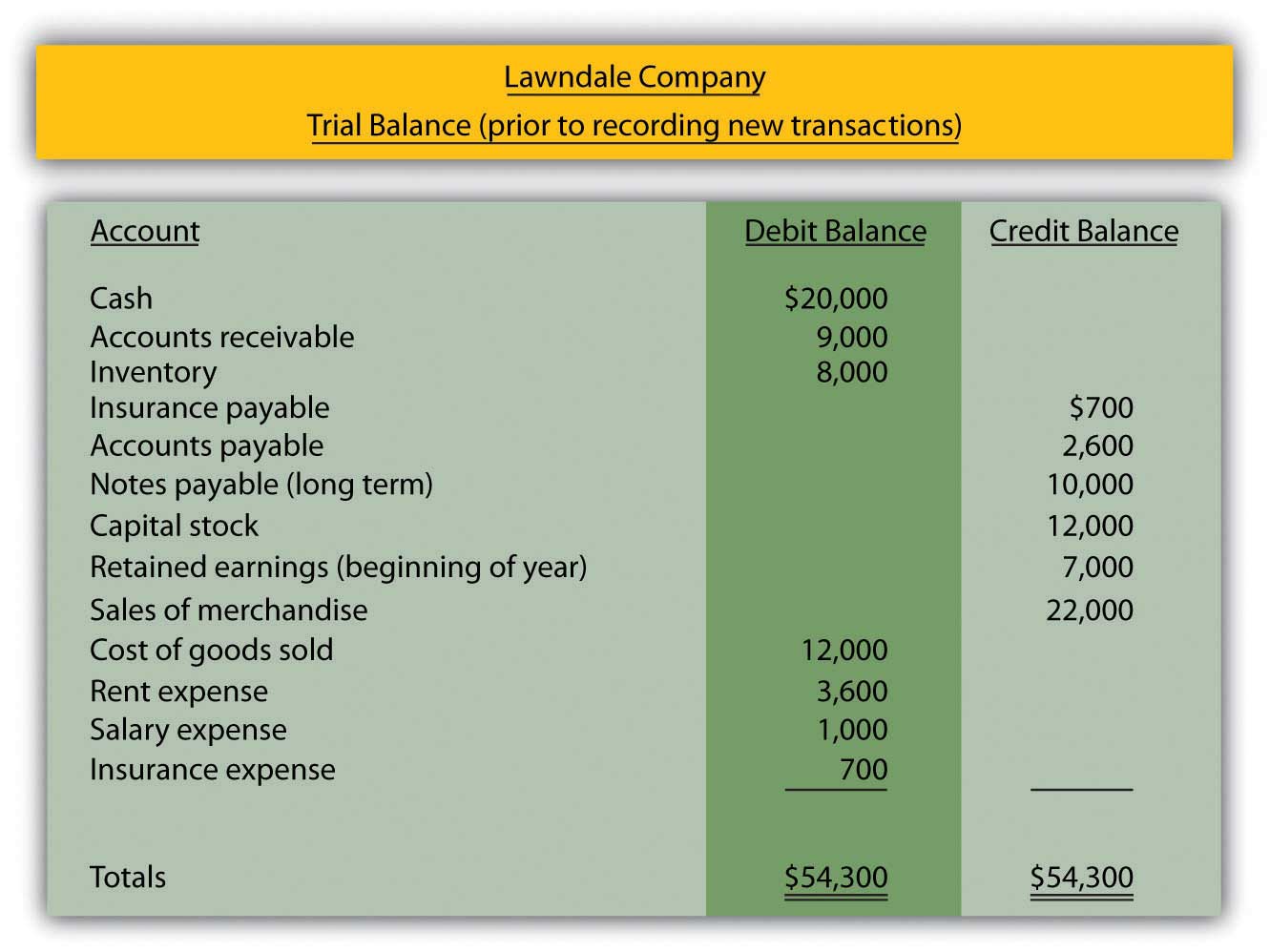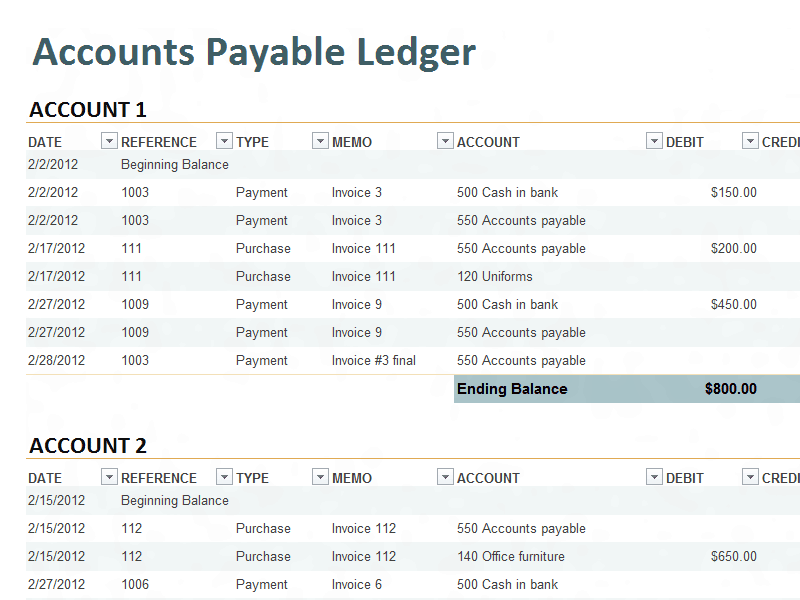

The accounting equation, sometimes called the balance-sheet equation, is the foundation of double-entry bookkeeping and is written as: “assets = liabilities + equity.” What Are the Components of a General Ledger?Ī general ledger can have any number of subledgers, sometimes also known as journals. Incidentally, Pacioli popularized the vernacular Venetian terms “debere” (to owe) and “credere” (to entrust), from which debit and credit accounts get their names. Double-entry bookkeeping is the accounting method by which every financial transaction affects at least two accounts: a debit and credit account.įor instance, the purchase of a $2,000 computer would increase the business’s assets by $2,000 while decreasing its cash position by the same amount. Does a General Ledger Use Double-Entry Bookkeeping?

Understanding an organization’s finances is essential for creating budgets and business strategies, as well as for assessing the financial health of a business. The general ledger also contains information used to calculate the financial performance of an organization. It provides details about finances such as cash flows, assets, liabilities, inventory, purchases, sales, gains, losses, and equity. Sometimes known as the father of accounting, Pacioli, who was a Franciscan friar and contemporary of Leonardo da Vinci, didn’t invent double-entry bookkeeping as much as described “bookkeeping alla Veneziana,” the Venetian style of accounting that had been used as early as the 1300s and itself might have been influenced by methods used earlier throughout the Islamic world and India.Ī general ledger is used to record every financial transaction made by an organization and serves as the basis for various types of financial reports. But it wasn’t until an Italian mathematician by the name of Luca Pacioli published the concept of double-entry bookkeeping in his influential 1494 publication “ Summa de arithmetica, geometria, proportioni et proportionalita,” or “Summary of Arithmetic, Geometry, Proportions, and Proportionality.” Since then, various societies around the world developed systems of financial record-keeping. The earliest known accounting records date back more than 7,000 years to Mesopotamia, where traders developed a way to track the exchange of goods and services. In the event of an audit, balances on financial statements should link back to all of the posted transactions that make up that balance. Depending on how they are structured by an organization, subledger transactions are generally recorded on a daily, weekly, or monthly basis. Transactions in a subledger are periodically recorded in the general ledger. Subledgers generally contain information about one type of transaction. How Does a General Ledger Use Subledgers?Ī subledger contains a specific subset of financial transactions, such as accounts receivable, accounts payable, or fixed assets. A general ledger, sometimes abbreviated as GL, is also known as a general journal.įor a large company, the general ledger could contain thousands of accounts, known as the chart of accounts, representing balances resulting from journals, subledgers, and external system transaction data. Transaction data in a general ledger is organized by type: assets, liabilities, owner’s equity, revenues, and expenses. It holds all the data needed to prepare periodic financial statements-such as balance sheets, income statements, cash-flow statements, and other financial reports-on a monthly, quarterly, or annual basis.
Whats after a generalledger trial#
It uses numbered accounts, including debits and credits, from which a trial balance is computed. What Is a General Ledger?Ī general ledger is the system of record for an organization’s financial transactions, whether it’s maintained on paper, on a computer, or in the cloud.

In this blog, we’ll take a look at the definition of a general ledger, give a brief overview of its history and components, and explain how it has evolved over the years to remain a powerful financial tool essential for business. While many fundamentals of the general ledger remain intact more than 500 years after it was established as a cornerstone of modern accounting, technology has moved it light-years into the future. For many people, the idea of a general ledger might conjure up images of visor-wearing accountants wielding quill-and-ink pens, scribbling numbers and notes in large, dusty parchment books.


 0 kommentar(er)
0 kommentar(er)
